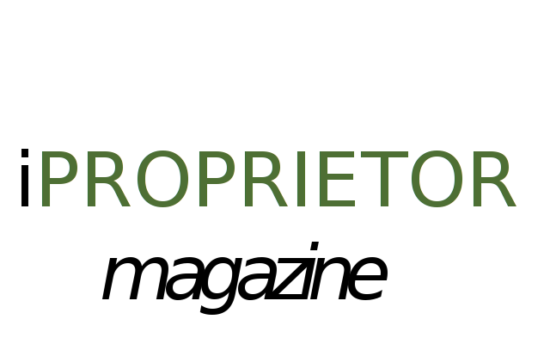Hypsoverse Project: See overview Here
We invite you, as an art enthusiast, to fractionally fund our initiative by purchasing X-Series (XER) tokens. Proceeds from these token sales will finance three key elements of the Hypsoverse Project: Development, Operations, and Marketing.
Development Funding Breakdown
The Hypsoverse Platform
Our platform is designed as an immersive Museum of Art, offering unlimited galleries for art enthusiasts, creators, and educators.
1. 3D Space Capture Using Varjo Teleport, a groundbreaking service for transforming real-world places into virtual experiences, users can:
- Scan and recreate real-world spaces in immersive 3D using just an iPhone.
- Digitize physical art spaces, making them accessible to global audiences.
2. Virtual Tours Integrate Teleport to enable the creation and sharing of virtual gallery tours, enhancing accessibility and engagement.
3. Photorealistic Quality Teleport’s advanced 3D reconstruction technology ensures lifelike lighting, shadows, and textures, elevating visual appeal.
4. Teleport-Led Galleries Develop pre-scanned, immersive galleries powered by Teleport as demos for new users.
5. Event Spaces Provide Teleport-captured locations for virtual events or exclusive exhibitions.
6. Education Hub Partner with educators to bring physical art spaces into the Hypsoverse for remote teaching.
Advanced Features and Functionalities
7. Customization Options
- Customizable Templates: Offer users pre-designed gallery templates built using Teleport scans, customizable with lighting, furniture, or soundscapes.
- Interactive Annotations: Enable curators to add clickable details to artworks or gallery spaces.
8. Marketplace Synergy
- NFT Collection: Collaborate with Varjo to release NFTs from real-world scans of unique locations.
- Teleport-Driven Auctions: Host live auctions in Teleport-captured environments.
9. Immersive Events
- Curated Virtual Events: Allow users worldwide to attend virtual events recreated by Teleport, featuring live interactions.
- Time-Limited VR Installations: Create exclusive “pop-up” VR spaces for limited-time experiences.
Integration Utilities
10. Compatibility and Functionality
- Cross-platform compatibility with Varjo headsets, OpenXR-compatible devices, desktops, and mobile platforms.
- Measurement and annotation tools for additional functionality.
- Export capabilities to enable seamless collaboration with other digital art tools.
11. Art Preservation in VR
- Use Teleport to digitize iconic or endangered art spaces, preserving them within the Hypsoverse for global access.
- Partner with museums to create permanent virtual replicas of historical exhibitions.
12. Artist Collaboration Hub
- Provide artists with tools to scan and showcase their workspaces as interactive environments.
- Include features like behind-the-scenes tours and live creation sessions.
Enhanced Experiences and Accessibility
13. Augmented Gallery Interactions
- Integrate Teleport scans with NFTs, allowing buyers to preview art pieces in their original galleries or their own spaces.
- Complement these with AR tools for desktop and mobile users.
14. Metaverse Fusion
- Create teleportation hubs connecting the Hypsoverse with real-world Teleport spaces.
- Offer narrative-driven experiences combining physical and digital art.
15. Hyper-Realistic Exhibitions
- Host immersive VR exhibitions mimicking real spaces with lifelike textures, lighting, and sounds.
- Feature exclusive events for high-profile artists and collectives.
16. Accessibility Enhancements
- Enable artists to scan and upload their works, creating VR-ready exhibits.
- Include multilingual voice guides and visual aids to make galleries accessible to diverse audiences.
Multi-Dimensional and Educational Experiences
17. Real-World and Virtual Merging
- Host exhibitions blending physical and virtual spaces, transitioning seamlessly for a hybrid experience.
- Offer layered views of galleries from different historical periods.
18. Educational Initiatives
- Collaborate with institutions to create 3D reconstructions of historical art spaces.
- Allow artists to host workshops from their digitized studios, fostering creative education.
Token Economy: X-Series (XER)
Our proprietary cryptocurrency, XER, rewards investors, turning them into non-zero-sum art patrons. Ownership of Teleport-captured spaces will also be tokenized as NFTs, ensuring secure and transparent digital asset ownership.

